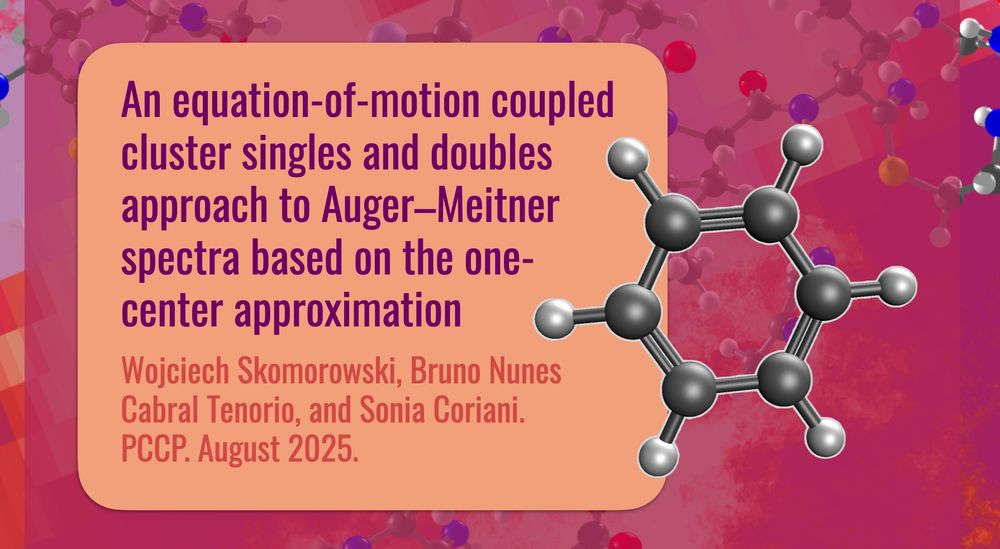
http://q-chem.com/

If you want to try Q-Chem 6.3.1, you can request a demo license here: q-chem.com/try/
Try Q-Chem today: q-chem.com/try/

Try Q-Chem today: q-chem.com/try/
Interested in becoming a Q-Chem developer? Learn more here: www.q-chem.com/about/team/d...

Interested in becoming a Q-Chem developer? Learn more here: www.q-chem.com/about/team/d...


Try Q-Chem today: q-chem.com/try/

Try Q-Chem today: q-chem.com/try/




Try Q-Chem: q-chem.com/try/

Try Q-Chem: q-chem.com/try/
Try Q-Chem today: q-chem.com/try/

Try Q-Chem today: q-chem.com/try/
Try Q-Chem 6.3 today: q-chem.com/try/

Try Q-Chem 6.3 today: q-chem.com/try/
Try Q-Chem: q-chem.com/try/

Try Q-Chem: q-chem.com/try/
Join our newsletter to be notified when QCPBC is available: q-chem.com/email_signup/

Join our newsletter to be notified when QCPBC is available: q-chem.com/email_signup/
Try FNO-CCSDT yourself in Q-Chem: q-chem.com/try/

Try FNO-CCSDT yourself in Q-Chem: q-chem.com/try/
Learn more about PBC in Q-Chem: q-chem.com/webinars/73/

Learn more about PBC in Q-Chem: q-chem.com/webinars/73/

Try the new Q-Chem 6.3 release today: q-chem.com/try/

Try the new Q-Chem 6.3 release today: q-chem.com/try/
If you want to try Q-Chem 6.3.1, you can request a demo license here: q-chem.com/try/

If you want to try Q-Chem 6.3.1, you can request a demo license here: q-chem.com/try/
Try Q-Chem: q-chem.com/try/

Try Q-Chem: q-chem.com/try/
Try Q-Chem today: q-chem.com/try/

Try Q-Chem today: q-chem.com/try/
Interested in becoming a Q-Chem developer? Learn more here: q-chem.com/about/team/d...

Interested in becoming a Q-Chem developer? Learn more here: q-chem.com/about/team/d...
Try Q-Chem: q-chem.com/try/

Try Q-Chem: q-chem.com/try/
Learn about TAO-DFT: q-chem.com/explore/dft/...

Learn about TAO-DFT: q-chem.com/explore/dft/...

